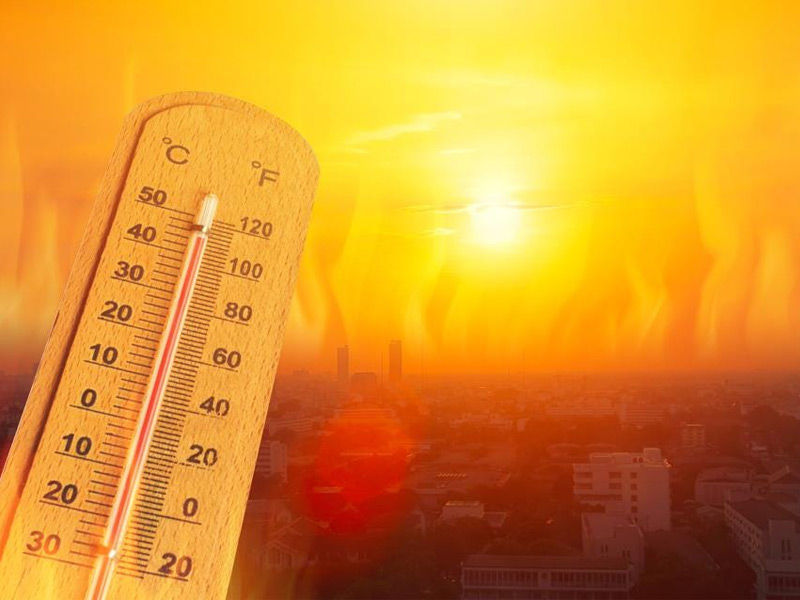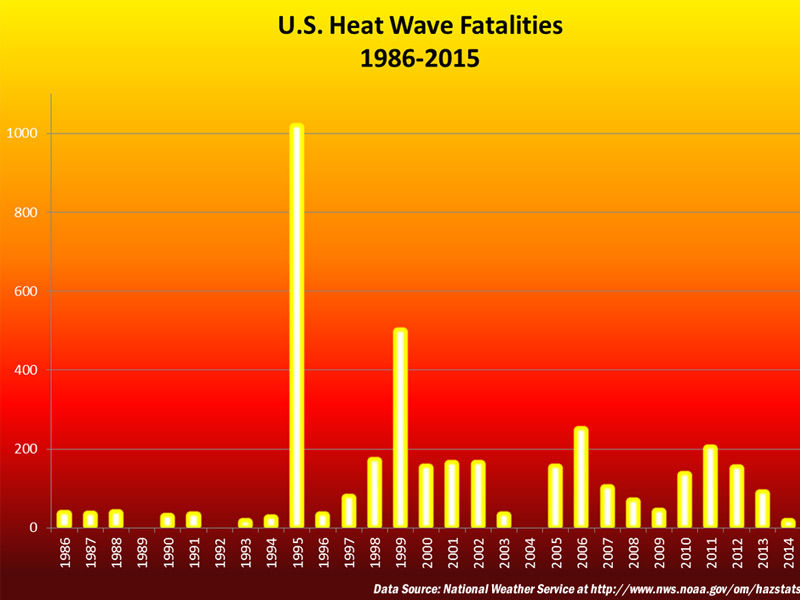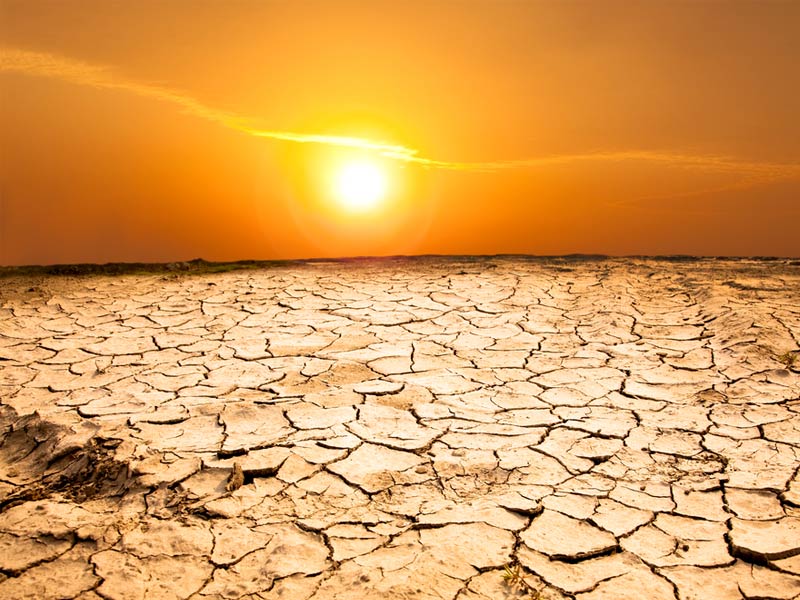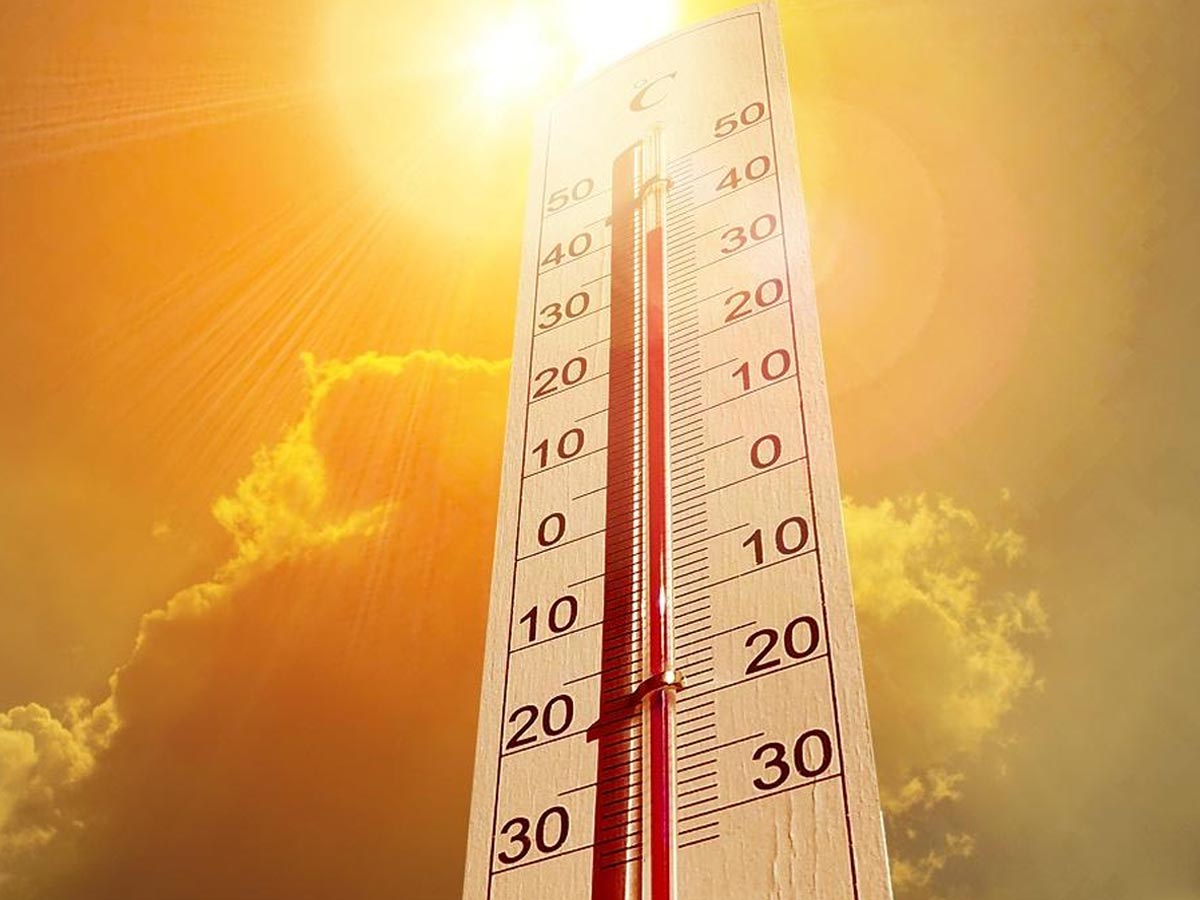A heatwave is a specific period with unbearable and excessively hot weather, accompanied by high humidity. Heatwave is a natural phenomenon that commonly occurs in oceanic climate countries. A heatwave is an occurrence where the maximum temperature exceeds the average normal temperature by a significant margin. It is one of the extreme impacts of climate change that can result in other conditions like wildfire and drought. Heatwave generally occurs during the summers, and the impact is severe at some places compared to others.
Different countries have different criteria for identifying and managing heatwaves. For example, in India, a heatwave is not considered till the maximum temperature of a station reaches at least 40°C for Plains and at least 30°C for Hilly regions.
The World Meteorological Department has a certain definition for heat waves. A heatwave is a situation where the daily maximum temperature of more than five consecutive days exceeds the average maximum temperature by 5 degrees Celsius.

Hence, the ideal way to measure a heatwave is by comparing the current temperature in the concerned area to the average normal temperature in the region.
Cause of Heatwaves
Static High Pressure is what leads to the situation called heatwave. When a static high pressure is generated in the upper atmosphere of a particular region for several days or weeks, it leads to the generation of a hot mass of air. This hot mass of air, when not moved for several hours or days, traps more heat and reduces the convection currents. This is when the high pressure kicks in, forcing the hot mass of air to sink to the surface of the land.
This hot mass of air is accompanied by humidity. The absence of precipitation leads to very high temperatures that can adversely impact the region. Heatwaves are more common in the northern hemisphere than in other parts of the world.
Also Read, Ozone Layer Depletion: A Serious Threat
Impacts of Heatwaves

Heatwave is an extreme condition that generally occurs during the summer season. It is accompanied by winds capable of propagating the extremely hot waves from one place to another. This may result in wildfires like the one we recently saw in Australia. If a heatwave passes through a forest region, it could be dangerous enough to burn down an entire forest range. It is capable of giving birth to an unprecedented crisis situation.
- Among the most common impacts of Heatwaves is the development of drought-like conditions. The moisture from vegetation and plants is drained, which leads to forest fires and bushfires.
- Heatwaves also affect humans. One may encounter conditions like heat stroke or heat cramps due to heat waves.
- High temperatures also affect aircraft performance and lead to the cancellation of flights in extreme conditions.
- The ground surface of a place is also affected due to heatwaves.
- Extreme hot temperatures may also lead to crack in the roads, the explosion of transformers, and failure of other critical infrastructures.
- The cooling systems of vehicles are also affected by heat waves.
- Heatwaves can be directly linked to global warming. Global warming affects the ozone layer that exposes the world to the harmful ultraviolet rays of the sun.
- Heatwaves give birth to forest fires, cause pollution, shortage of oxygen, and destroy vegetation and forests.

In the 21st century, we have seen several heat waves, especially in North America and Australia. The earliest heatwave of human history was recorded as early as 1540 in Europe, called the European drought, which lasted 11 months.
In 1757, Europe once again witnessed a heatwave that brought the hottest summer in 500 years. The record was, however, broken in 2003.
In the 21st century itself, the world has seen hundreds of heatwaves. The Australian heatwave that started in December 2018 came along with the hottest December in the country’s recorded history. One person and hundreds of animals died due to the extreme heat.
In 2019, several countries witnessed heat waves of different degrees. The most affected countries by the heatwaves included the United States, India, Japan, and Europe.
Several countries, including the United Kingdom and multiple countries in Europe, were also affected by the heat waves.

























